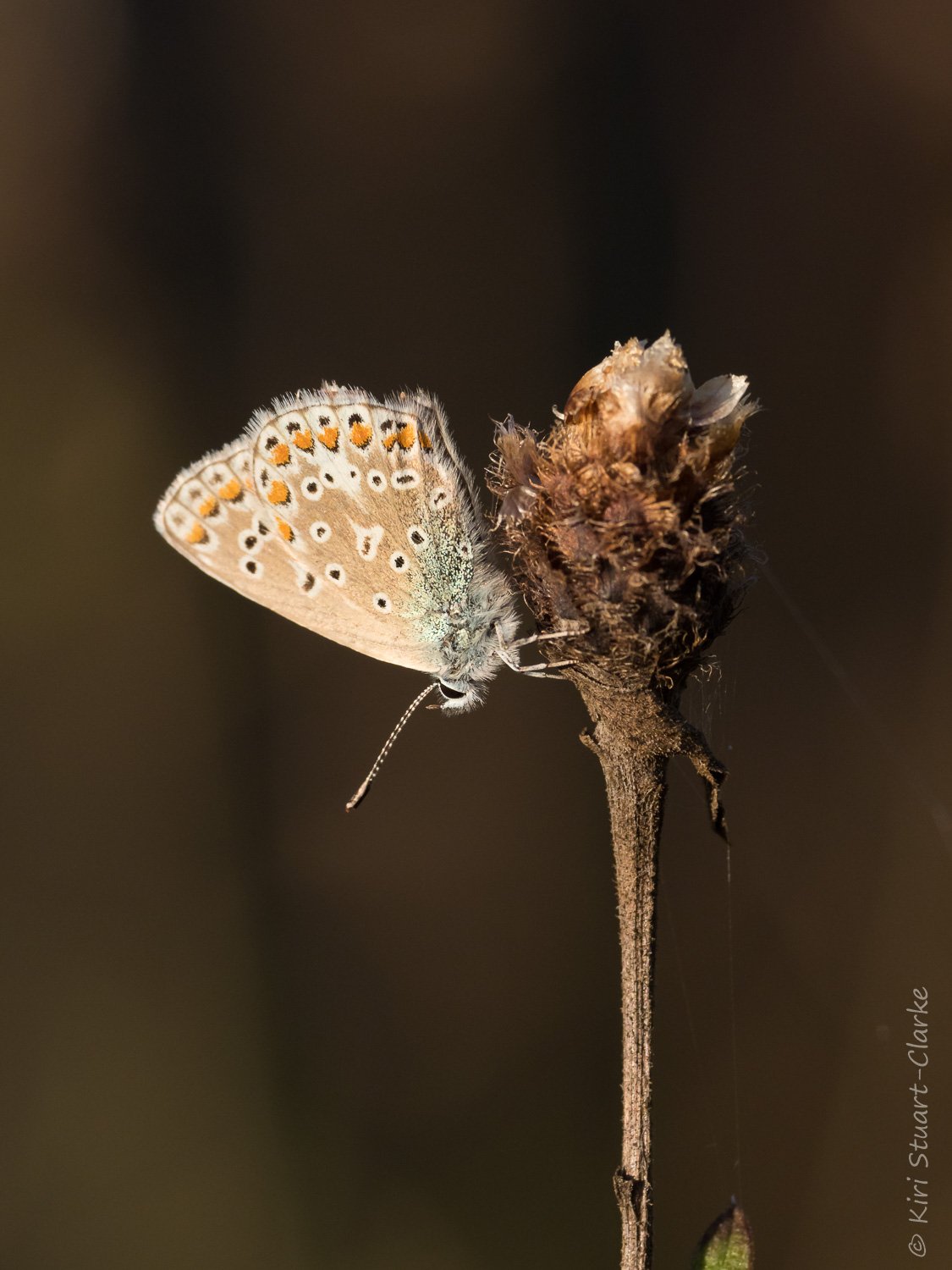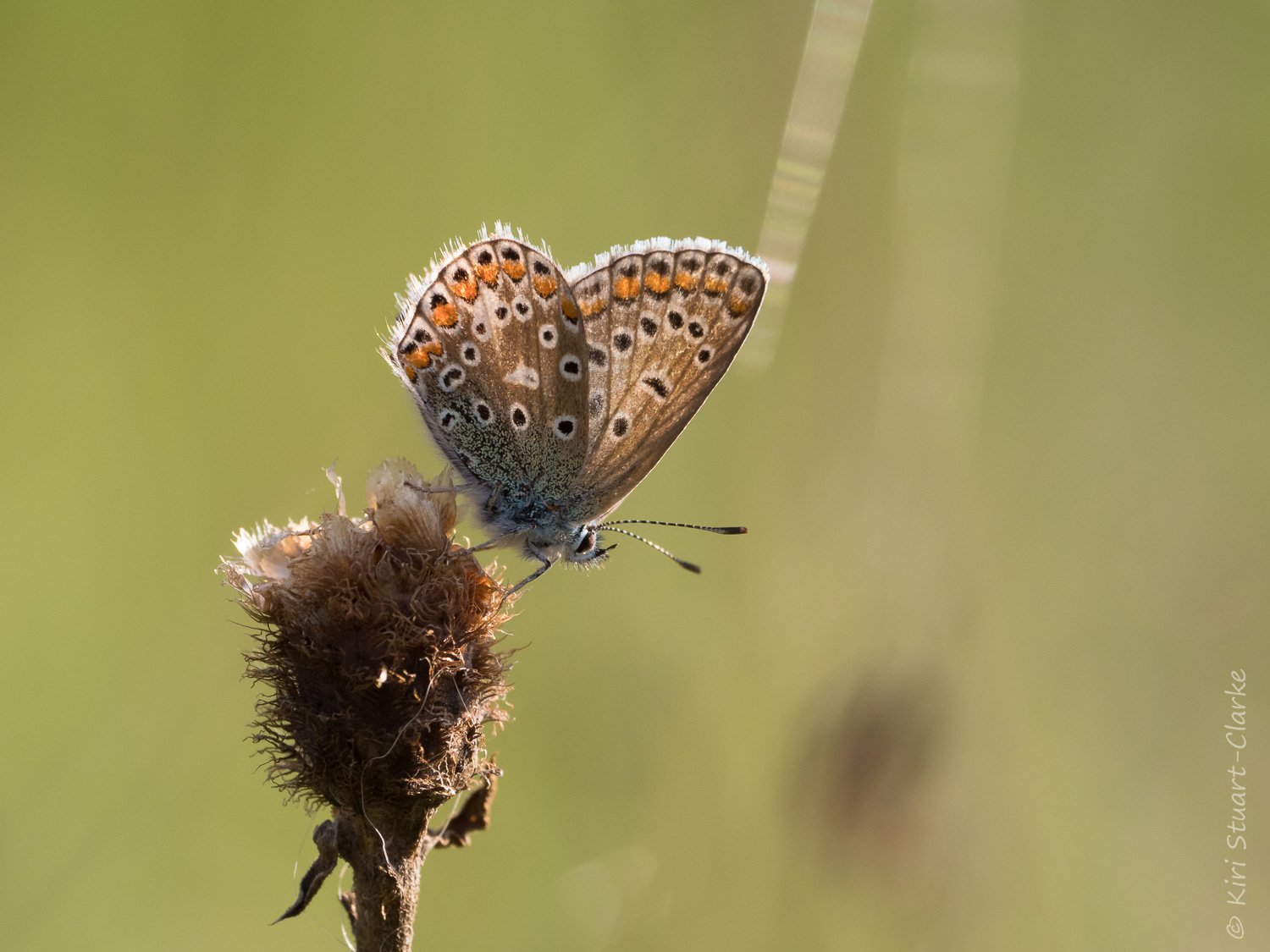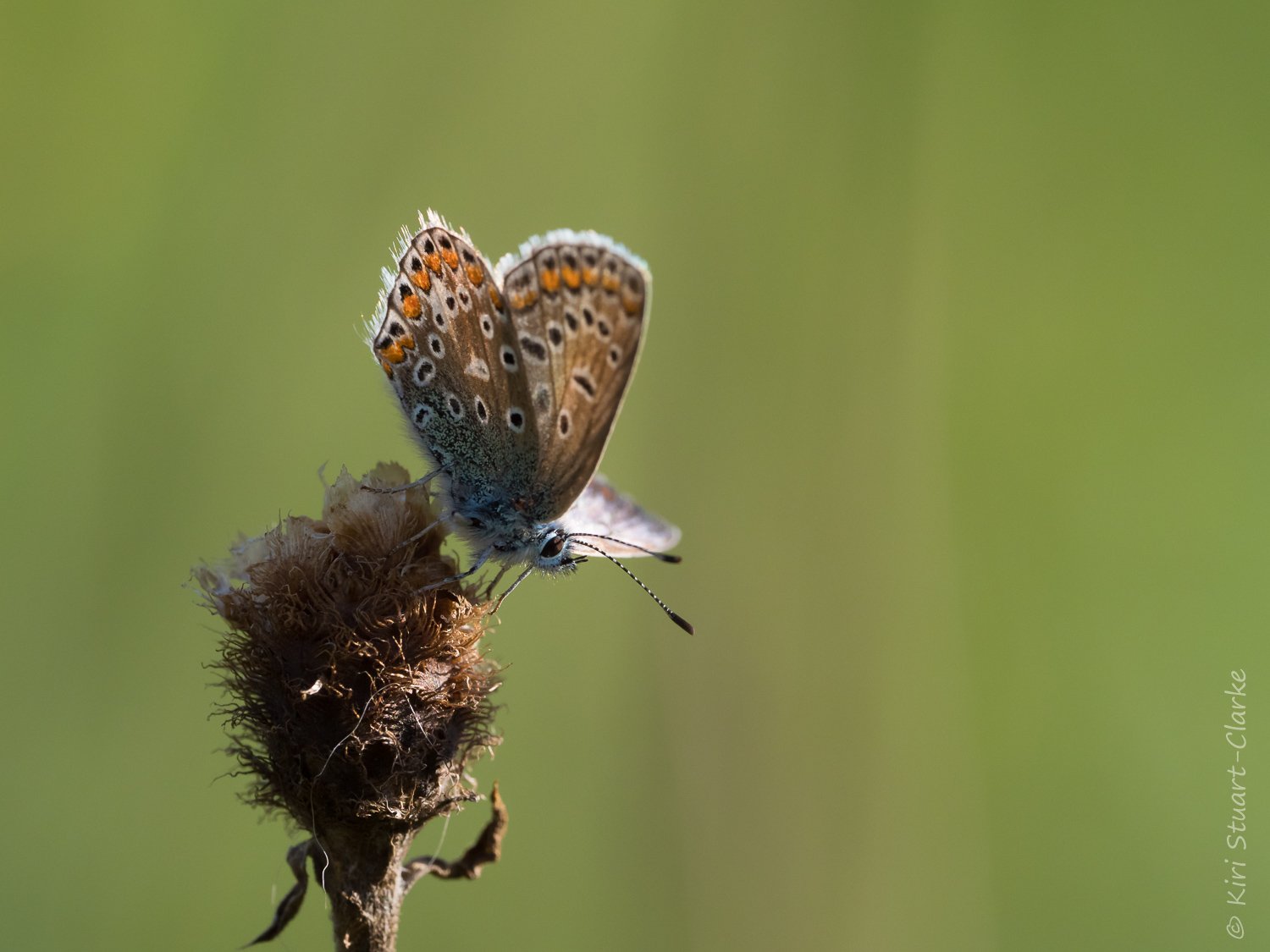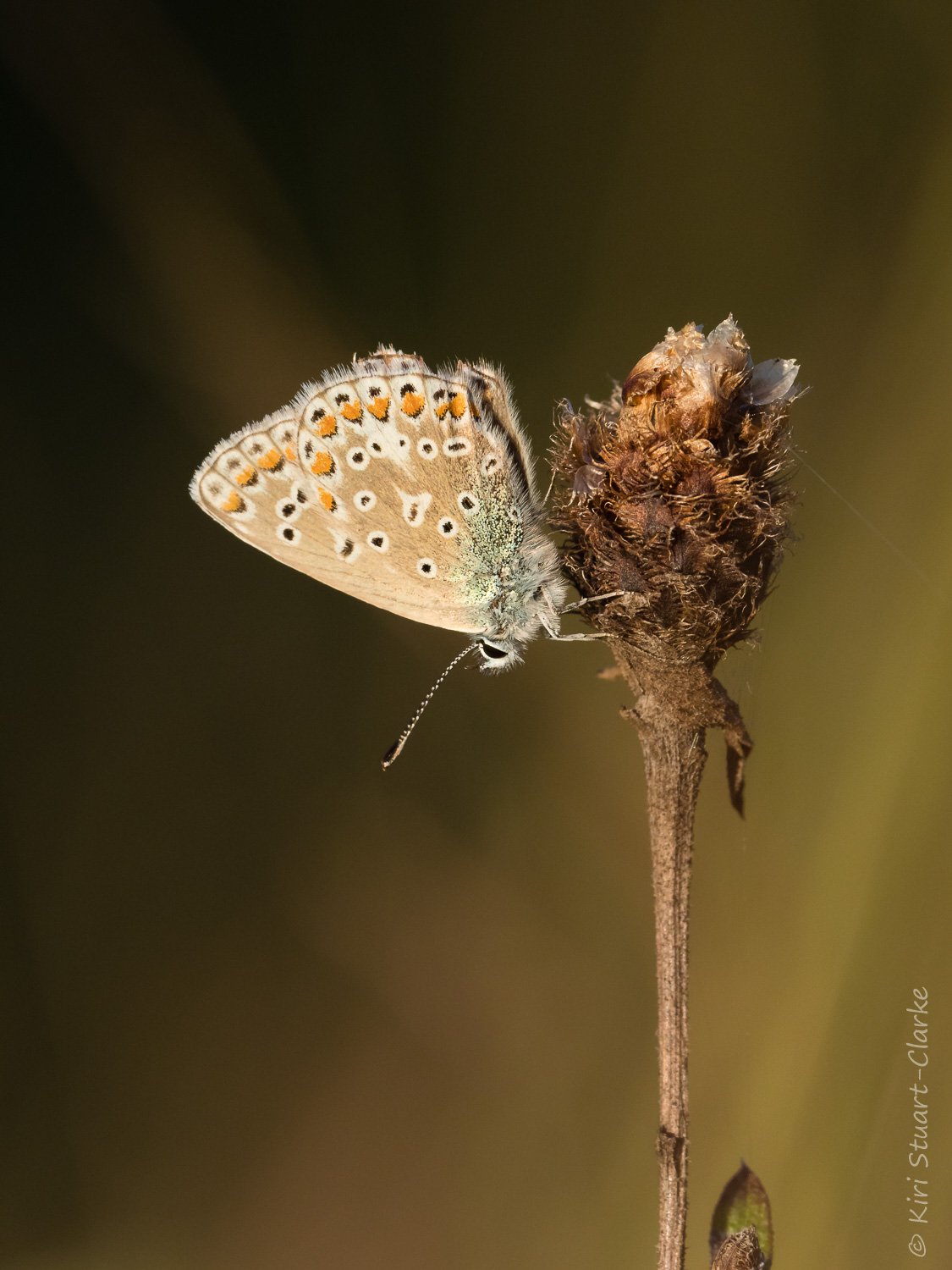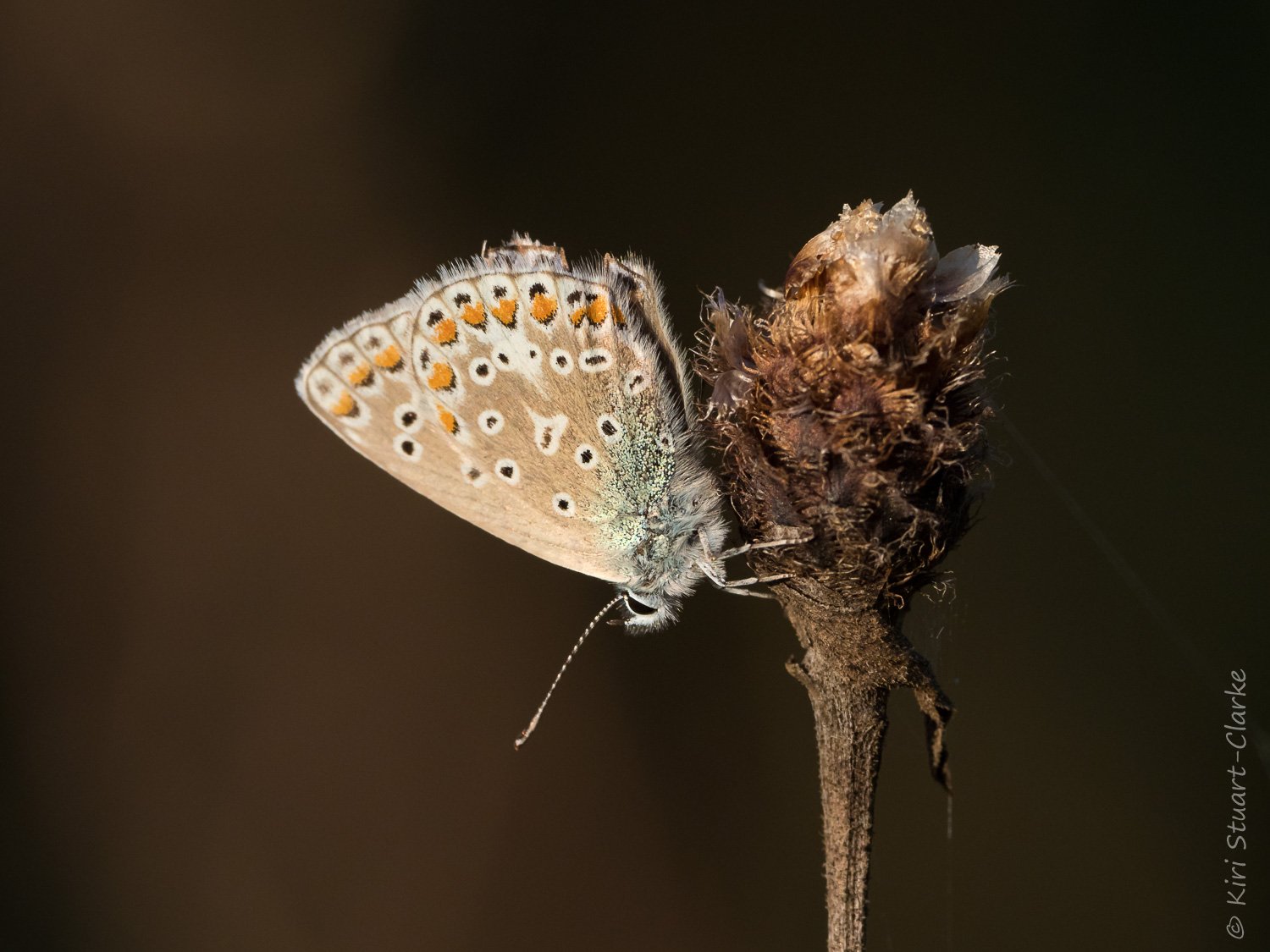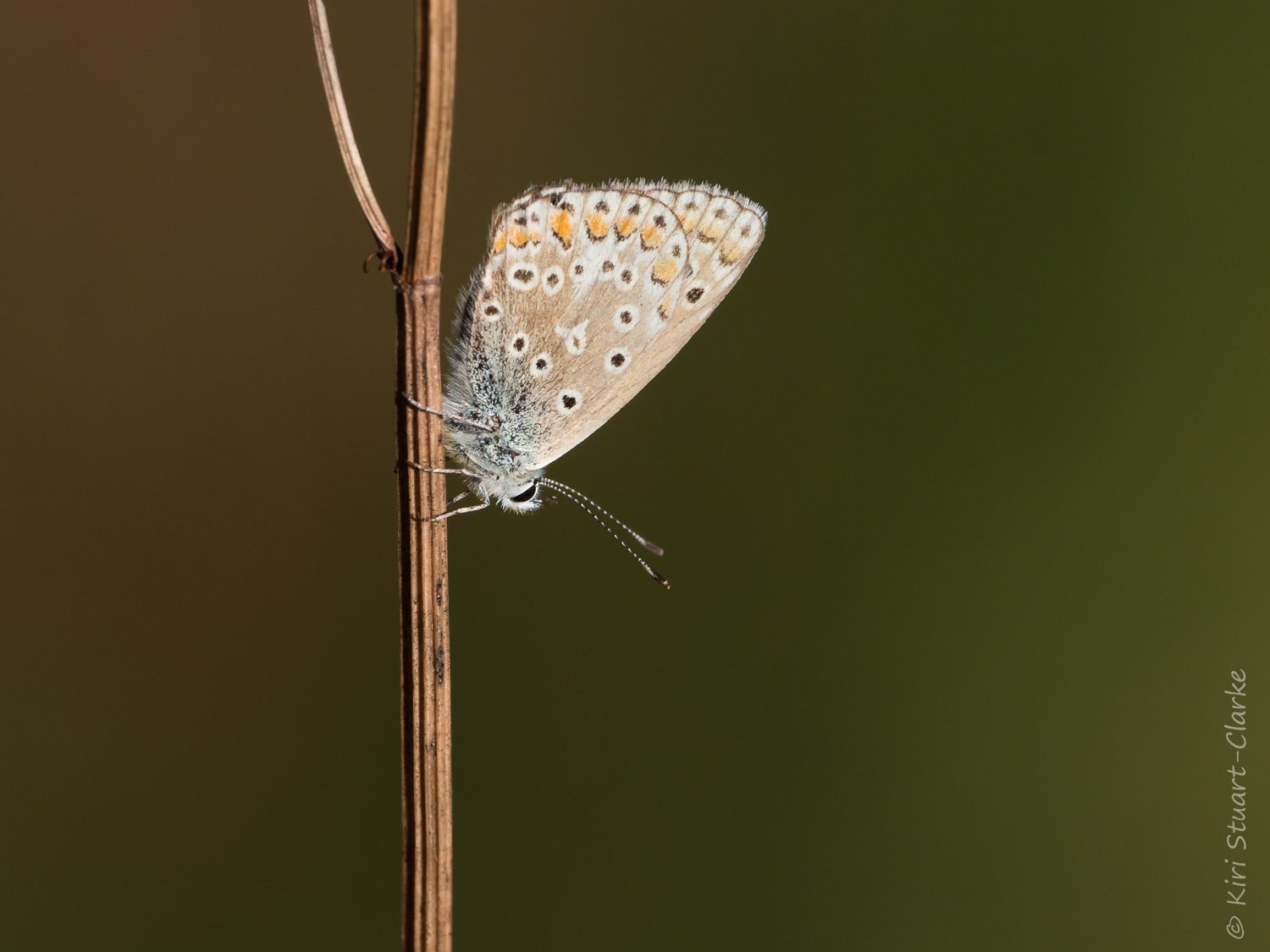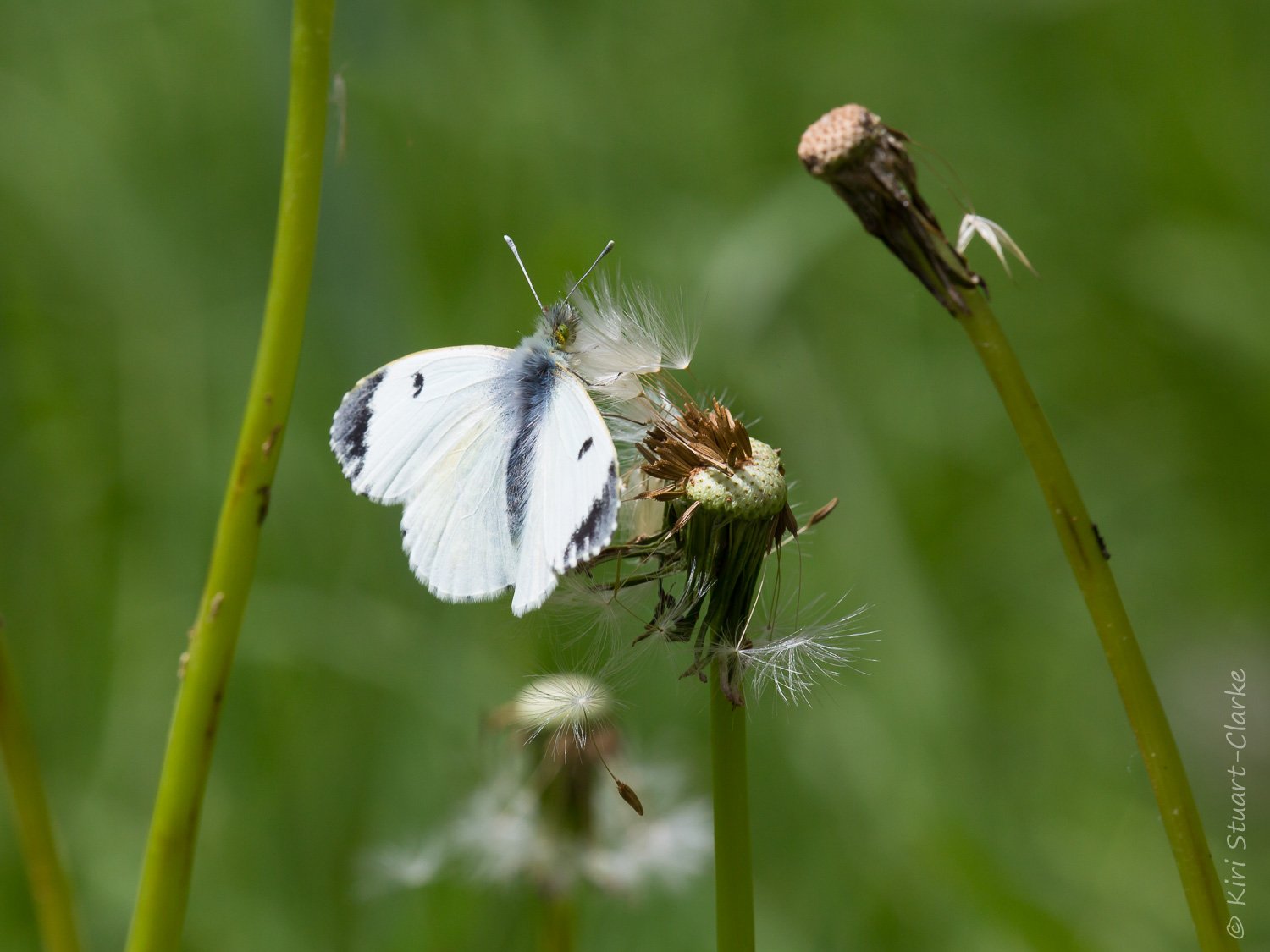It seems Halloween came early to Nar Cottage this year, with the arrival of a maurading Devil's Coach-horse, and a poisonous Brown Roll-rim toadstool!
Devil's Coach-horse beetle, Ocypens olens
The Devil's Coach-horse, Ocypus olens or Staphylinus olens, is the largest of the Staphylinidae or Rove family of beetles, unsurprisingly so-called because they are always on the move. This is the largest beetle family with around 63,000 species worldwide and 1000 in the UK, making up roughly 25% of British species.
Devil’s Coach-horses are common and widespread in the UK. They are native to the UK and Europe, but introduced to parts of Australasia and America. I remember them being called a Devil’s footman in my childhood, one of many alternative names for them, but the main English name of Devil’s Coach-horse name has been firmly in use since 1840.
Although generally nocturnal, they can sometimes be seen during the day hunting for food and, due to their large size (they can grow up to almost 3cm) and striking appearance are very hard to miss! They reproduce in autumn, so it's very possible this individual was busy seeking a mate.
Their appearance is undeniably eerie, they have disproportionately large powerful mandibles for their size, an elongated jet black body and a shortened wing-case. Although they can actually still fly they rarely do so, preferring to hunt on foot. You could certainly imagine them in a fairy tale playing the role of sinister Coach-horses pulling along a fantastical evil overlord in a dark alternative to Cinderella's pumpkin-chariot.
They are indeed ferocious predators, hunting slugs, caterpillars, worms, spiders, woodlice, other invertebrates and carrion. They prefer damp places and will shelter under rocks, logs or leaf litter during the day. The female lays eggs singly in Autumn under damp moss or leaves. The resulting larvae are as carnivorous as their parents and grow through 3 instar (larval stages) over 150 days before pupating and emerging just over a month later in adults form. Devil’s Coach-horses are largely active April through to October. Adults overwinter either by staying active or by hibernating and can live up to two years.
Aggressive “Scorpion-like” Defensive Posture
They have a deservedly pugnacious reputation, mine was right out in the open in broad daylight marching around fearlessly. They are notorious for curling up their abdomen and opening their mandibles in an agressive, scorpion-like defense pose when threatened, presumably to appear large and threatening, as they aren't actually venomous and don't have a sting.
When threatened, the Devil's Coach-horse beetle, Ocypens olens, arches its abdomen in a "Scorpion" style defensive posture, opens its jaws and secretes a foul liquid from its glands
Another defense mechanism is the ability to emit a noxious substance from white glands on their abdomen, which the second half of their binomial name, olens, meaning "smelling", alludes to. If further threatened, their strong jaws can also give a nasty nip.
Devil’s Coach-horse in Folklore
They've been associated with magic, evil forces and the Devil in British superstition and folklore since mediaeval times. One theory is that the name developed in parallel with Ladybird (derived from Our Lady, referring to the biblical Mary) and was established by 1840. Other English names include Devil's coachman or footman and Devil's steed. In Irish they are called "Darbh-daol" devil's beetle and "Coffin cutter". There are a host of dark folklore superstitions surrounding Devil’s Coach-horses, which hasn't exactly helped their reputation.
In some superstitions, as well as being directly associated with the devil himself, they are purported to have eaten the core of Eve's apple and to even have acted as a kind of beetle form of Judas Iscariot and have arched its abdomen to point the way Jesus went during his betrayal. They were also believed to be endowed with magical powers and that when they arched their tail towards someone they were cursing them.
In Ireland it was even believed the beetle could strike a person dead on sight and would eat any sinners they came across. Sadly as a consequence some superstitions rewarded killing them. Although some scythers would put one in their scythe handles to improve their skill (or perhaps speed given their nasty bite!).
Gardening Value of the Devil’s Coach-horse Beetle
Despite their fearsome appearance and agressive defensive mechansims, they do get an unfairly bad rap. Devil's Coach-horses are in fact highly valuable insects to have in the garden and act as a “Gardener’s friend” by hunting garden pests like slugs and caterpillars. In fact one of the Devil’s Coach-horse’s smaller cousins in the Rove beetle family, Atheta coriaria, is even used commercially as a form of biological pest control against certain greenhouse insect pests, including fungus gnats, shore flies and thrips.
Wildlife Value of the Devil’s Coach-horse Beetle
Through their role as a dominant predator species in their niche, they provide eco-system benefits by keeping populations of potential pest species in check naturally, in addition they consume carrion and ensure that nutrients are recycled and returned to the soil.
Brown Roll-rim Mushroom
Gills of a mature Brown roll-rim mushroom, Paxillus involutus
As if that wasnt spooky enough, a large area of my garden surrounding my Birch trees has been beset by the fruiting bodies of what turned out to be a poisonous toadstool called the Brown Roll-rim.
Apparently it is notorious for being particularly treacherous. Originally boiling them was thought to remove all toxins and make them safe to eat, but it was later discovered that the mushroom held a second toxin that build up over a long time and then suddenly kill you by triggering an auto-immune reaction that causes the body to attack its own blood cells. Definitely not one for the pot!
